Nuance Audio is a new option for people who resist traditional aids, from the company that makes Ray-Bans and operates LensCrafters.
Seekers of Meaning Podcast Posted Online March 7, 2025
What's Next Longevity Deal Talk Episode 32, January, 2025
Presentation: What's Next Longevity Venture Summit, June, 2025

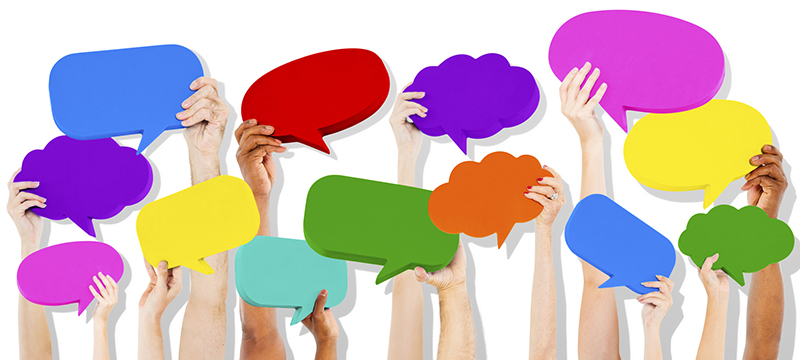 When it comes to people, the US Census has all the data. From its American Community Survey (ACS)
When it comes to people, the US Census has all the data. From its American Community Survey (ACS) 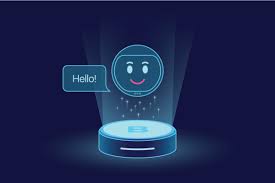 Tech complexity for new users is getting worse. And it’s pretty obvious to anyone who is paying attention to Apple
Tech complexity for new users is getting worse. And it’s pretty obvious to anyone who is paying attention to Apple 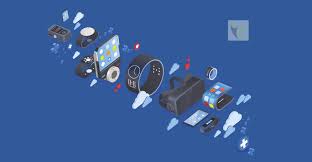 Another long-time PERS player sees a watch, makes a watch. Rant on. Last January 2021,
Another long-time PERS player sees a watch, makes a watch. Rant on. Last January 2021, 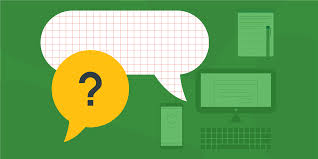 The ACS will size tech adoption – and not a minute too soon. We might learn from the upcoming
The ACS will size tech adoption – and not a minute too soon. We might learn from the upcoming 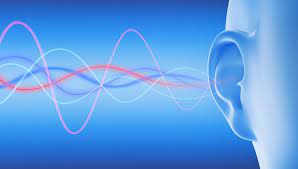 Hearing aid users need smartphones and apps. The hearing aid industry has been undergoing disruption in recent years, most notably from the
Hearing aid users need smartphones and apps. The hearing aid industry has been undergoing disruption in recent years, most notably from the  The rise of AgeTech – it is a trend. It’s easy to say, and
The rise of AgeTech – it is a trend. It’s easy to say, and